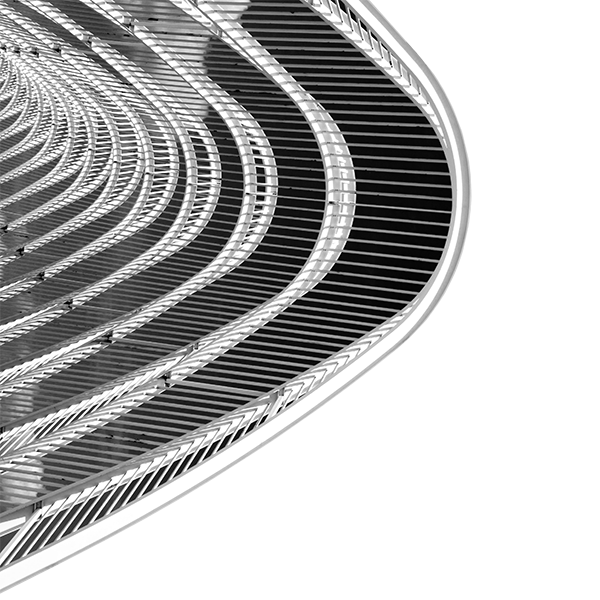A Practical Approach to Space Environment Effects

Workshop Detail:
This workshop provides a comprehensive understanding of the space environment, its potential effects on spacecraft materials and designs, and strategies to mitigate associated risks. Attendees will gain insight into the challenges of designing and operating spacecraft in the harsh space environment, learn the latest tools and techniques for assessing and managing risks, and engage in hands-on activities to reinforce their understanding of key concepts. Through lectures, case studies, and group exercises, attendees will acquire the knowledge and skills necessary to develop reliable, cost-effective designs.
This workshop will cover a wide range of topics including:
- Space environment factors
- Spacecraft charging
- Radiation effects
- Case studies on mission failures
- Practical guidance on simulation, testing, and analysis
The workshop will give attendees the opportunity to learn from and network with industry experts who have collaborated with prestigious space organizations. It also provides the opportunity to learn from the successes and failures of past missions, helping attendees to avoid common pitfalls and to adopt best practices in their own work.
Who Should Attend?
This workshop is ideal for those involved in the design of space systems and satellites. Attendees will learn critical simulation and test approaches from world renowned industry experts aimed at identifying design challenges and program risks earlier and more effectively.
Schedule:
June 26 – June 27, 2025
Sessions are:
| AM Session 11 a.m. – 1 p.m. ET | PM Session 3 p.m. – 5 p.m. | |
| June 24 | Space Environment Simulation, Testing, and Measurement | – |
| June 26 | – | An Inroduction to Space Environment Effects featuring Dr. Joseph Minow of NASA’s Langley Research Center |
| June27 | – | Ensuring Spacecraft Reliability: The Critical Role of Material Properties and Challenges of Radiation Effects in Industry |
Workshop Fee:
There is no fee to attend.
Instructors:

Michael Campola
Michael is currently the leader of the Radiation Effects and Analysis Group at National Aeronautics and Space Administration’s Goddard Space Flight Center (NASA-GSFC). Michael joined the Flight Data Systems and Radiation Effects Branch at NASA-GSFC in 2007. Throughout his career, he has been working on the center’s spaceflight projects to capture system-level radiation response through analysis and ground-based testing of semiconductors with research into promising future technologies through the NASA Electronic Parts and Packaging (NEPP) program. The primary goal of this work and research is to provide support for mission success through implementation of Radiation Hardness Assurance (RHA) practices. He is a member of the Institute for Electrical and Electronics Engineers (IEEE) and Nuclear and Plasma Sciences Society (NPSS).

Dr. Joseph Minow
Dr. Joseph Minow is a specialist in the field of space environments and their effects on space systems with over 25 years’ experience in the field. He is employed by NASA Langley Research Center where he is a member of the leadership team for the NASA Engineering and Safety Center and serves NASA as the Technical Fellow for Space Environments, an agency-level senior technical expert role providing technical leadership to the Agency for the space environments discipline. Dr. Minow’s technical contributions to NASA include characterizing space environments for space system design and operations, analysis and modeling of space plasma and ionizing radiation environments and their effects on space systems, investigation of spacecraft surface and bulk charging phenomenon, and investigation of on-orbit anomalies.

Nicole Pothier McGillivray
Nicole Pothier McGillivray, Carrington Shield Strategies, LLC: Nicole specializes in spacecraft charged particle interactions. With expertise in radiation effects and spacecraft charging, she’s contributed to diverse platforms. Nicole holds degrees in Meteorology/Climatology, Planetary Science and Atmospheric, Oceanic and Space Science. She joined the industry in 2015 at Electro Magnetic Applications, Inc. (EMA), transitioning to roles at SEAKR Engineering, Inc., and Maxar Space Systems in 2018 and 2022, respectively. Nicole founded Carrington Shield Strategies, LLC (CSS) in 2024, for which she serves as the Owner and Chief Engineer. CSS was founded to provide the aerospace community at large with consulting services in the area of space environment effects. Thriving on challenges, Nicole passionately solves complex problems in the aerospace industry.
Contact us:
Email: ema.expo@ema3d.com
Phone: (720) 974-1215


